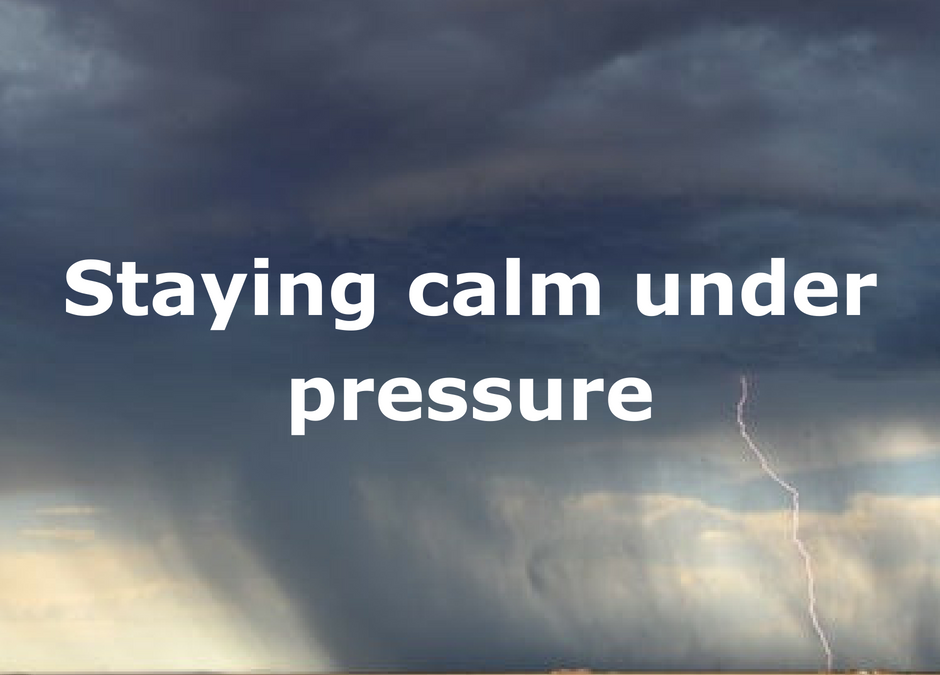#relax #calm #pressure #breathe
A stressful situation can result in a surge of stress hormones producing physiological changes such as quickened breathing, pounding heart, and tensed muscles. These physiological responses to stress are also referred to as the fight or flight response.
The fight or flight response is a physiological reaction that evolved as a mechanism for survival which prepares us to react swiftly to dangerous situations – either fighting the threat of danger or fleeing from it.
When experiencing a stressful event, a distress signal is sent to the hypothalamus from the amygdala, an area of the brain contributing to emotional processing. After the distress signal is sent, the sympathetic nervous system is activated by the hypothalamus from signals sent to the adrenal glands, which then respond by pumping adrenaline into the bloodstream.
The adrenaline is what produces the physiological changes which happen so quickly that the visual centers of the brain have not had a chance to fully process the event.
The body can and often does overreact to stressors which are perceived as dangerous, and most modern day stressful situations do not warrant a fight or flight response.
So, we need to be alert and pay attention to the warning signs that the body sends you when in a stressful situation. It is important to know how your body reacts in these circumstances so you can learn how to calm down before the fight or flight response takes place.
If you able to stop your body before it gets worked up, you will have a better chance at staying calm. Keeping your head in the moment is half the battle for staying calm under pressure.
Learn how to breathe deeply and use it to calm yourself down. Try practicing some deep breathing techniques before you go to bed at night. Give yourself 10 mins of distracted “breathing time”. This way, when you’re in a situation where you need to breathe and calm down, your body will already know how to do it.
Have a prosperous day, relax, Keep the Faith!









